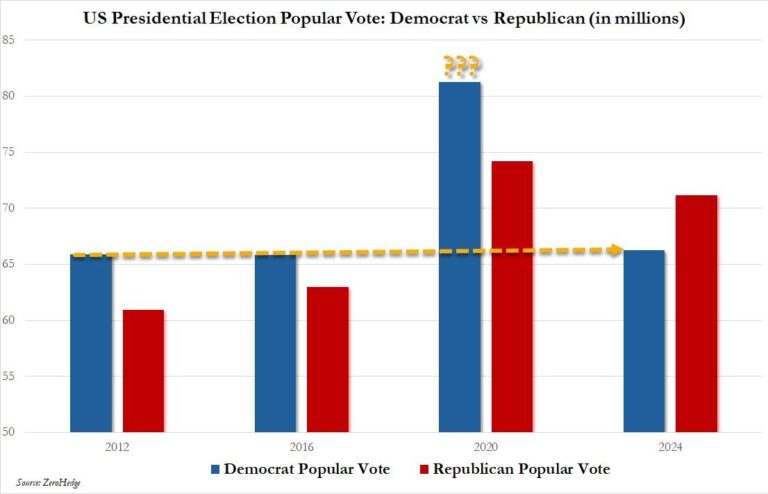In a lawsuit, the Archdiocese of Washington has laid bare the anti-Catholic bias as the raison d’etre of the contraceptive mandate.
Lawyers representing the archdiocese filed a memorandum with U.S. District Judge Amy Berman Jackson on Sept. 24, pointing to actions and statements made by Health and Human Services Secretary Kathleen Sebelius to demonstrate that the administration is deliberately targeting the Catholic Church for its religious views.
“When the government promulgated the mandate, it was acutely aware that the gap in coverage for contraception was due primarily to the religious beliefs and practices of employers such as the Catholic Church,” says the archdiocese’s memorandum.
“Indeed, the Government itself concedes that 85 percent of health plans already cover contraception, and asserts that adding contraception to the remaining 15 percent is cost-neutral,” says the memorandum. “If so, then the only conceivable reason why the latter plans would not include contraceptive coverage is a religious or moral objection. But instead of pursuing one of a wide variety of options for increasing access to contraception without forcing these religious groups to participate in the effort, the government deliberately chose to pick a high-profile fight by forcing religious groups to provide or facilitate access to contraception in violation of their core beliefs.
“The record, moreover, establishes that the mandate was part of a conscious political strategy to marginalize and delegitimize plaintiffs’ religious views on contraception by holding them up for ridicule on the national stage,” says the archdiocese’s memorandum.
“For example,” the archdiocese says, “at a NARAL Pro-Choice America fundraiser, Defendant Sebelius stated: ‘Wouldn’t you think that people who want to reduce the number of abortions would champion the cause of widely affordable contraceptive services? Not so much.’”
“Likewise,” the memorandum continues, “the original definition of ‘preventive service’ was promulgated by an Institute of Medicine Committee that was stacked with individuals who, like Defendant Sebelius, strongly disagreed with many Catholic teachings, causing the committee’s lone dissenter to lament that the committee’s recommendation reflected the other members’ ‘subjective determinations filtered through a lens of advocacy.’”
“This anti-religious bias,” says the memorandum, “is further confirmed by the fact that it was directly modeled on a California statute, see 77 Fed. Reg. at 8726 (explaining that the federal Mandate was modeled on state law); … whose chief legislative sponsor made clear that its purpose was to strike a blow against Catholic religious authorities: ‘59 percent of all Catholic women of childbearing age practice contraception.’ ‘[88] percent of Catholics believe . . . that someone who practices artificial birth control can still be a good Catholic. I agree with that. I think it’s time to do the right thing.’”
“Thus,” says the memorandum, “not only the ‘real operation’ but also the intended effect of the mandate is to target and suppress plaintiffs’ religious practices.”
This has always been the reason for the mandate and the absolute refusal to budge.


